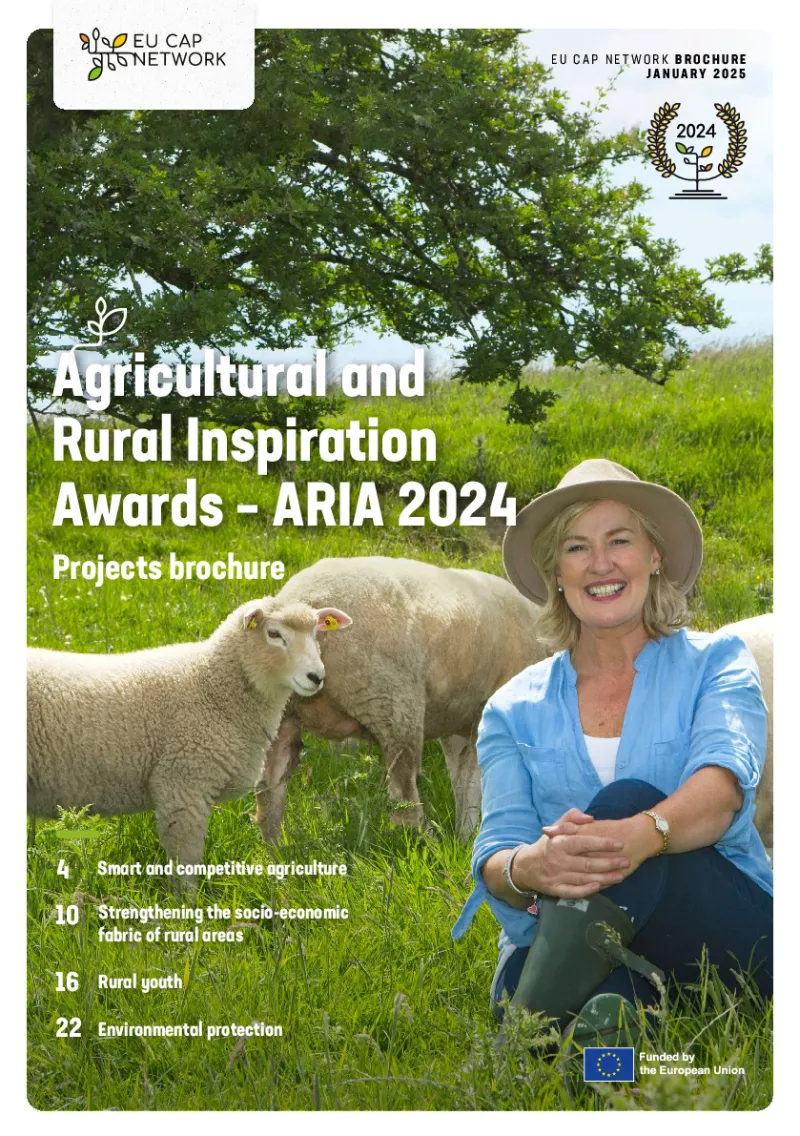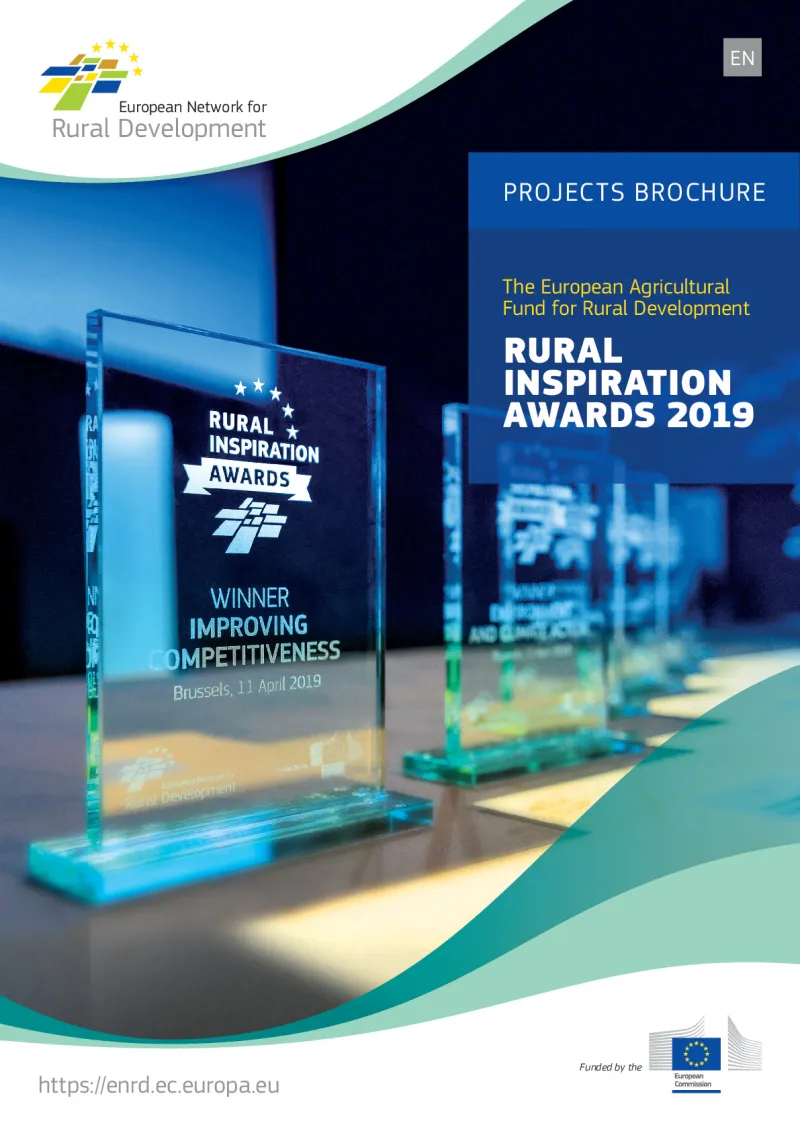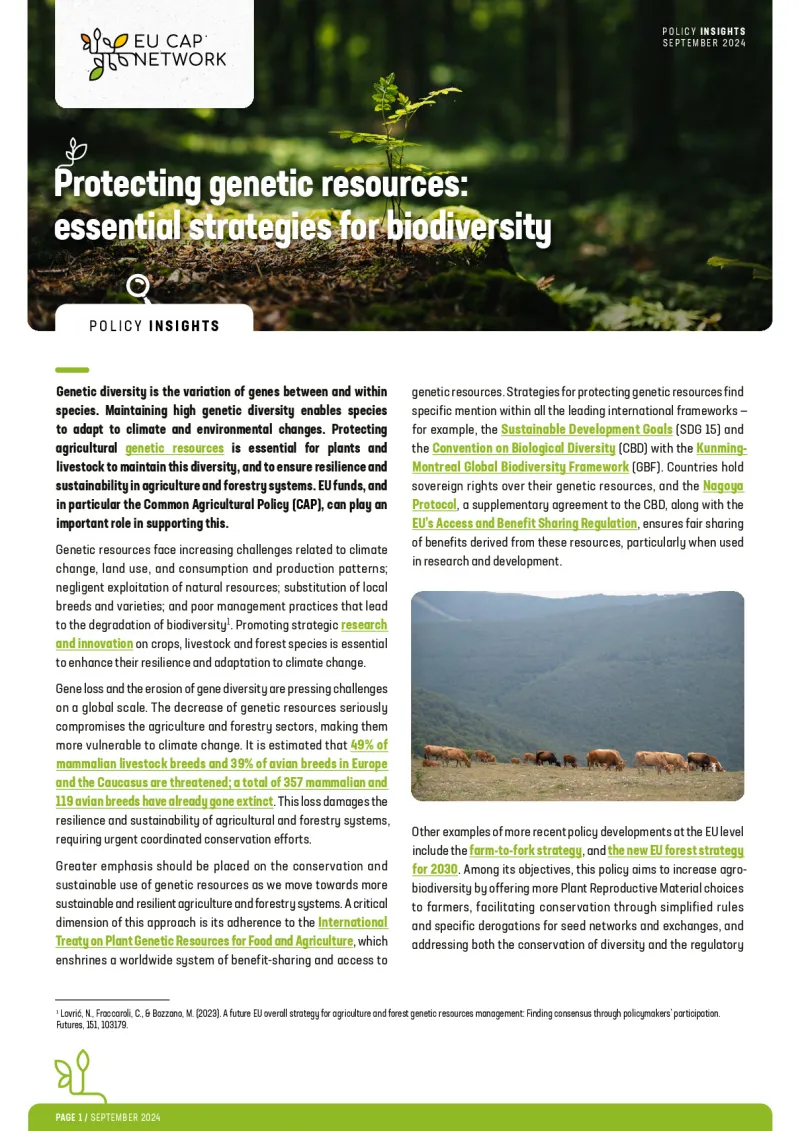Roots in nature: local projects bringing hope and change
Discover how three finalists of the 2019 Rural Inspiration Awards in the Environment and Climate Action category have been gradually transforming rural landscapes, lives and livelihoods, for a lasting impact on communities and ecosystems alike.
- 2023-2027
Page contents
From rewilding intensively-farmed land in Ireland to restoring wetlands in Finland and uniting forest owners in Wallonia, grassroots projects are gradually transforming rural landscapes, lives and livelihoods, for a lasting impact on communities and ecosystems alike. Catching up with three very different projects that were all shortlisted for the 2019 Rural Inspiration Awards, it is clear that, five years on, all three projects have continued to evolve and grow into longer-term endeavours.
Exploring project delivery on the ground yields a fascinating insight into the extraordinary variety of activities contributing towards vital societal goals, such as environmental protection, biodiversity and climate action. The Common Agricultural Policy (CAP)’s General Objective 2 calls for all three areas (environmental protection, biodiversity and climate action) to be supported and strengthened. Moving from policy goals to what this means in practice shows huge diversity, following the examples of three projects shortlisted in the 2019 edition of the Rural Inspiration Awards. Project activities range from rewilding an area formerly dedicated to intensive agriculture (Golashane Farm Nature Reserve in Ireland), to restoring wetlands to protect lake water quality (PUSA project in Finland), and bringing owners of small patches of forest together to manage woodlands sustainably (Wallonia’s Cœur de Condroz, formerly known as ‘Tiges et chavées’ ).
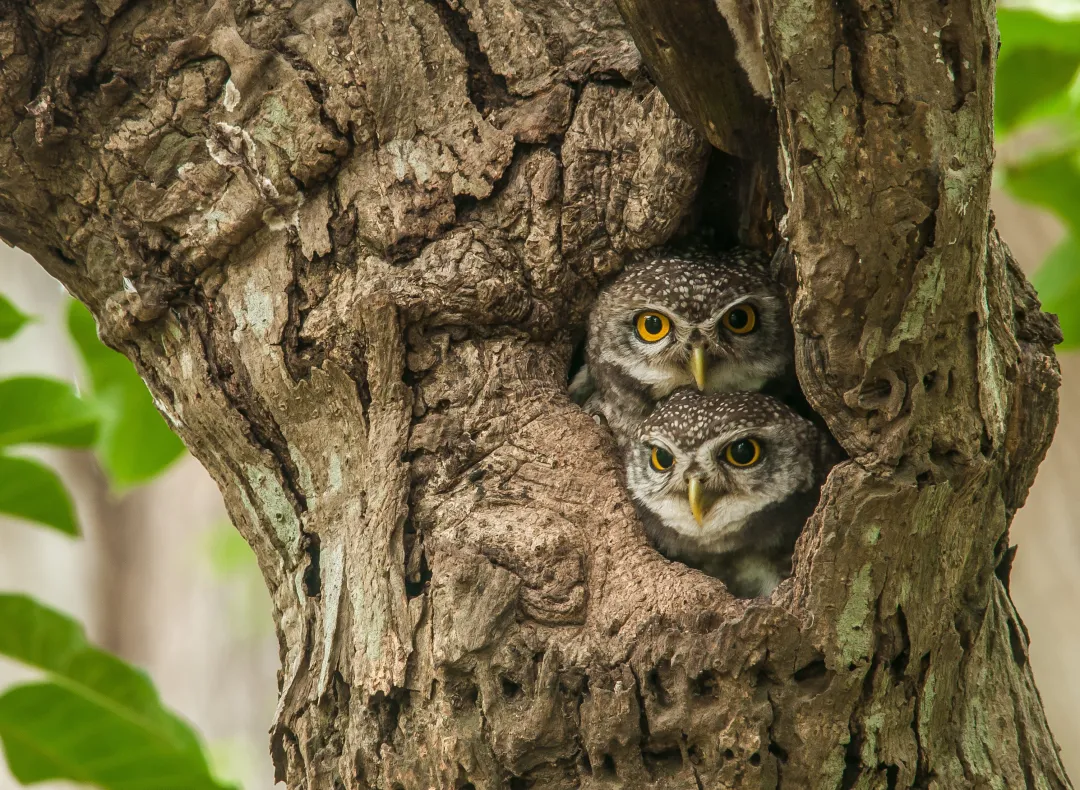
Following up with the project promoters at the end of 2024, it is evident that the increased visibility in the 2019 Rural Inspiration Awards was a clear outcome for all and brought fresh opportunities. “With more publicity, it has been easier to get private funding for our projects,” says Mikko Lösönen, chairman of the board for the PUSA project. “We’re a relatively small (but very hard-working!) operator in the field of water protection, and it’s useful to be able to highlight the fact that our activities are award-winning and meritorious,” he adds.
Valérie Grandjean, project manager for ‘Tiges et Chavées’, also cited “easier access to additional funding” as an outcome, along with “better visibility at the regional level and for our partners”. For Donna Mullen at Golashane farm, the 2019 Rural Inspiration Awards “really gave us encouragement to continue the work. I’ve recently published a book, ‘Make Your Home a Nature Reserve’, and it was great to recall the excitement of the Awards when I was writing the book.”
Bloom and grow
All three projects have continued to evolve and flourish. Biodiversity is booming on Golashane farm, says Donna: “Since the awards in 2019, we’ve attracted so many more species onto the farm. Just in the last two months, we have a new type of owl - we’re very excited about that. The wildlife is improving all the time and that’s our real marker of success.”
The Finnish PUSA project has consolidated and successfully established a longer-term strategy for protecting vital water quality and preventing eutrophication. “After 2019, our operations became more focused. Last year, we prepared a five-year operational and financial plan and managed to get EUR 155 000 in funding,” says Mikko. In Wallonia, the ‘Tiges et Chavées’ project was supported under the LEADER programme up until the end of 2022 – enabling significant progress. Valérie says: “This meant that we could set up the very first association of forest owners in Wallonia, in collaboration with the Cellule d’Appui à la Petite Forêt Privée. Now we’re planning to continue and grow our activities as part of the new Parc naturel Cœur de Condroz, and prepare further actions to support long-term sustainable management of small forest properties in the area.”
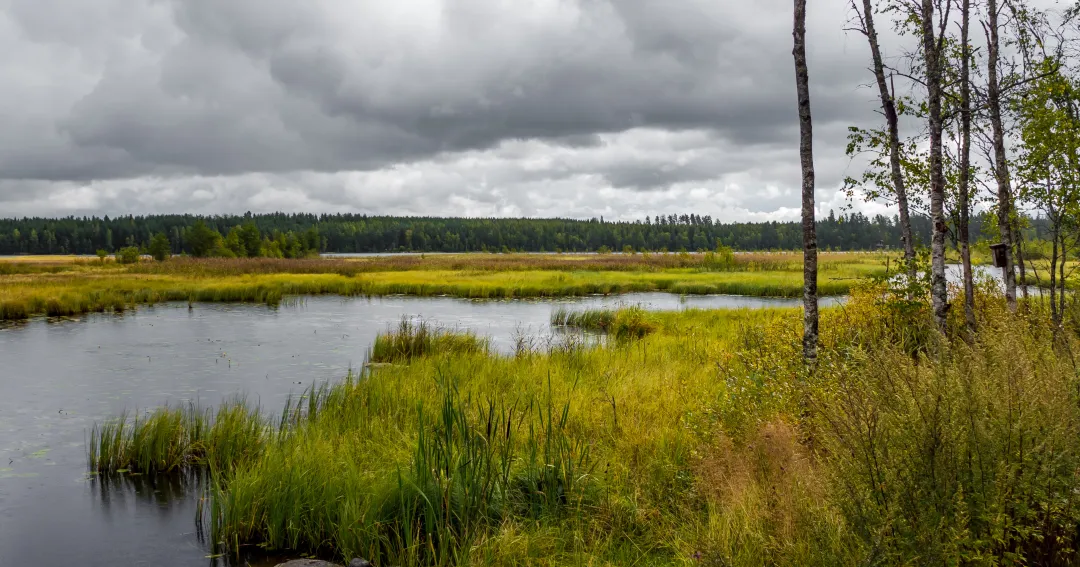
Protecting people and places
These multifaceted approaches to achieving environmental protection, biodiversity and climate action are an impressive and important reminder that preserving and restoring landscapes also means changing and protecting human lives. For Valérie, the support and training of forest owners in sustainable forest management, including training in biodiversity preservation in forests through the association of forest owners, is at the heart of Cœur de Condroz / Tiges et Chavées’ endeavours. Coordination and support initiatives under the CAP have proven useful, she says, including regular information updates provided by the European Network for Rural Development – ENRD (which subsequently became part of the EU CAP Network) and ongoing collaboration with the Walloon CAP Network.
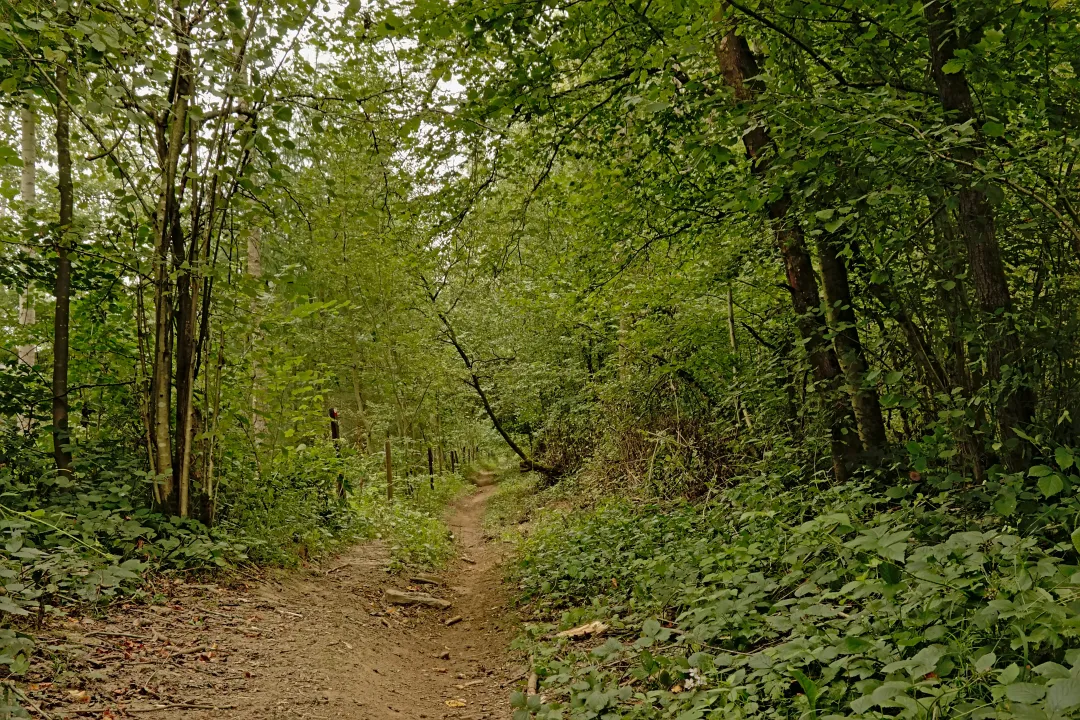
The interdependence of ecosystems and human health is evident in the PUSA project’s fight to protect lake water quality by restoring and growing wetland areas, in order to maintain the Pien-Saimaaisa lake system as a significant source of both income and well-being for local people.
Ongoing networking is vital to socialise and share these practices, as aptly described by Donna. She says: “Relatively simple actions such as planting trees and putting in ponds have been transformational and the best value for money in terms of restoring biodiversity and creating attractive sites for visitors to Golashane farm. Social aspects matter a lot too: environmental issues are becoming more mainstream, but it can still be lonely work sometimes, being a biodiversity pioneer. I often say, ‘We don’t need ecologists, we need psychologists!’ That’s why I also work with Green Foundation Ireland to put events on all around the country and help people trying to rewild their land to meet and support each other.”
Networking and inspiration
Recent thematic work by the EU CAP Network has explored other initiatives that are supporting environmental protection, biodiversity and climate action, including ways to enhance biodiversity on farmland, opportunities offered by the CAP’s green architecture, and the design and implementation of eco-schemes. Further inspiration can be found in the EU CAP Network’s good practice database.
To keep up-to-date with our work and to take part in future Thematic Groups and events, subscribe to the monthly newsletter and follow @eucapnetwork on social media.
Author(s)
EU CAP Network
